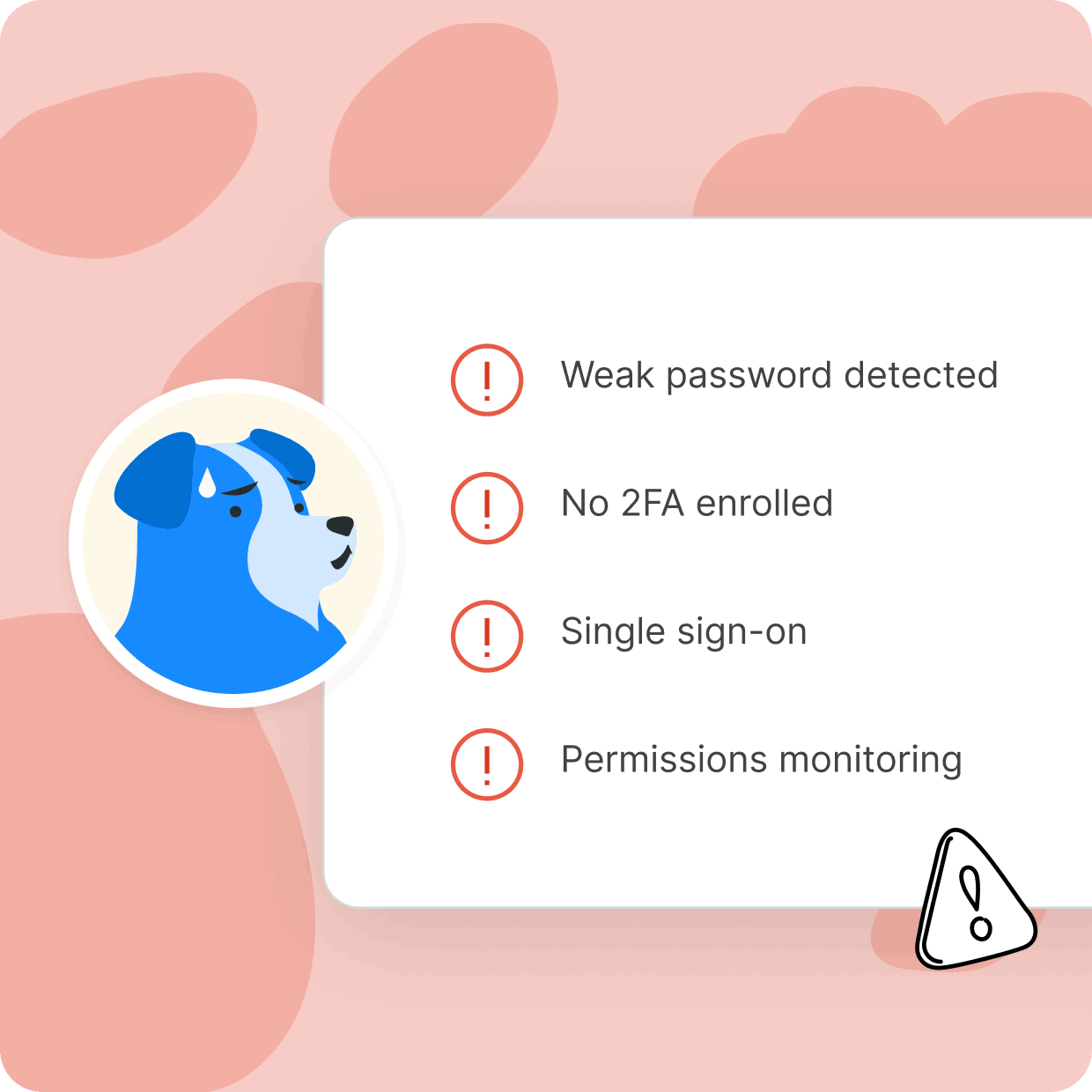3X growth, major enterprise adoption, and industry recognition highlight Cerby’s momentum
Alameda, CA – March 7, 2025 – Cerby, the leader in identity security automation for disconnected applications, today announced the results of a landmark period of growth, driven by expanded enterprise adoption, strategic partnerships, and key innovations in identity security.
"Disconnected apps—those that cannot be centrally managed from identity providers—force enterprises to rely on manual processes and end-user responsibility, creating major security risks," said Belsasar Lepe, Co-Founder and CEO, Cerby. "Cerby bridges this gap with a purpose-built platform that automates security and strengthens governance, while seamlessly integrating with your existing stack."
Cerby’s enterprise customer base has doubled, now including major organizations such as L'Oréal, Fox, Mattel, Ford Motor Company, Dentsu and Carta—a reflection of the growing demand for solutions that secure applications beyond the traditional identity perimeter. The company achieved 3X cARR growth, fueled by increasing enterprise adoption and market demand. Additionally, Cerby doubled its number of integrations, broadening the range of applications customers can secure through the platform.
Advancing Identity Automation with New Innovations
In response to the evolving needs of enterprises, Cerby introduced several key product innovations designed to help secure and govern disconnected applications more effectively:
- Identity Lifecycle Management for Disconnected Applications, enabling automated provisioning, deprovisioning, and centralized access controls for applications that don’t support SCIM or APIs.
- Public APIs to Extend Identity Governance Administration (IGA) Capabilities, providing security teams with full control and visibility over disconnected applications, bringing them into their broader identity governance framework.
- Enhanced Coverage of Universal Logout with Okta, ensuring organizations can instantly revoke access to any application when threats are detected, enhancing incident response and security.
Strategic Partnerships and Industry Recognition
Cerby announced its partnership with Saviynt, integrating with its IGA platform to provide organizations with automated access controls and security policies for disconnected applications, ensuring consistent governance across their entire application ecosystem.
Cerby also announced its collaboration with Okta to enhance threat detection and response, enabling instant, comprehensive access termination across all devices and applications to strengthen security and reduce risk.
The company was also recognized as an Example Vendor in the 2024 Gartner® Market Guide for Identity Governance and Administration and mentioned in the 2024 Gartner IAM Hygiene: Laying the Groundwork Through Continuous Discovery report.
Looking Ahead
"The future of identity security lies in automation—eliminating manual processes that create risk and inefficiencies," said Belsasar Lepe, Co-Founder and CEO, Cerby. “We’re building a world where every application, no matter its integration capabilities, can be seamlessly governed and secured. This is just the beginning—enterprises will be able to extend the identity perimeter further than ever before."
For more information, schedule a demo or visit www.cerby.com.
** Gartner, Market Guide for Identity Governance and Administration, By Nathan Harris, Rebecca Archambault, Brian Guthrie, Paul Mezzera, 26 August 2024.
Gartner, IAM Hygiene: Laying the Groundwork Through Continuous Discovery, By Felix Gaehtgens, Rebecca Archambault, 20 August 2024
GARTNER is a registered trademark and service mark of Gartner, Inc. and/or its affiliates in the U.S. and internationally and is used herein with permission. All rights reserved.
Gartner does not endorse any vendor, product or service depicted in its research publications, and does not advise technology users to select only those vendors with the highest ratings or other designation. Gartner research publications consist of the opinions of Gartner’s research organization and should not be construed as statements of fact. Gartner disclaims all warranties, expressed or implied, with respect to this research, including any warranties of merchantability or fitness for a particular purpose.
About Cerby
Cerby is the first identity security automation platform designed to secure disconnected applications—those beyond the reach of traditional identity providers. By automating security, extending governance, and centralizing access controls, Cerby gives IT and security teams full visibility and control over their entire app ecosystem, eliminating security gaps, reducing risk, and lowering operational costs.


